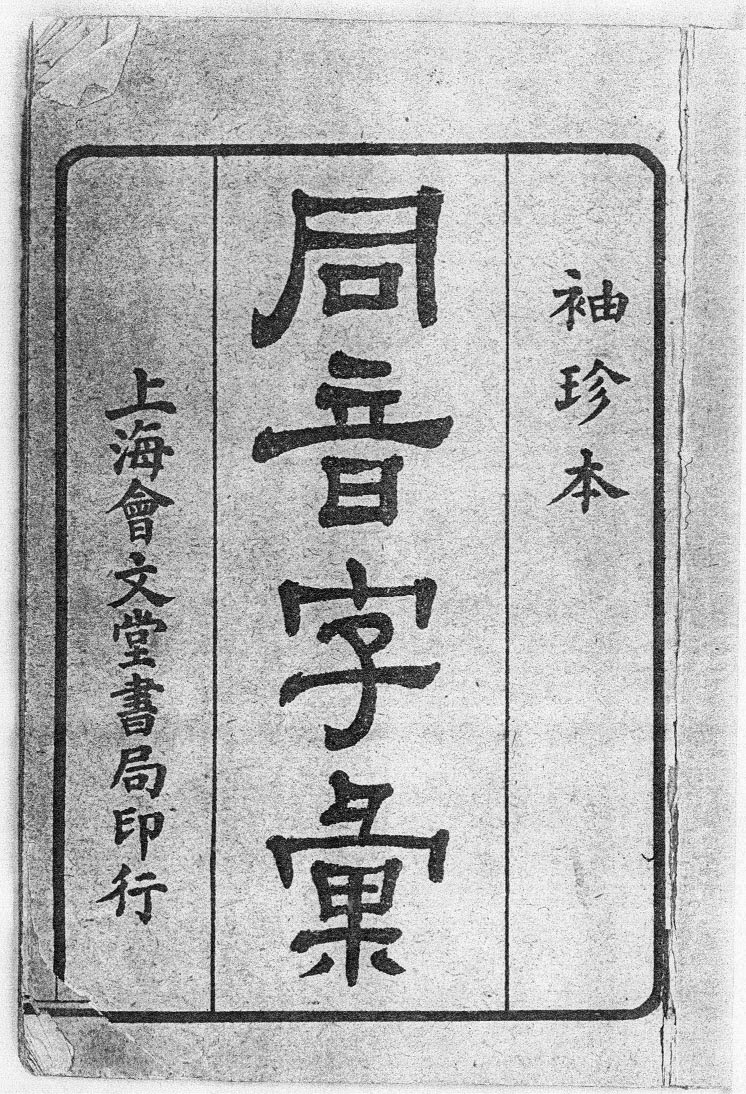Jeffrey Wong, owner of the Shanghai Printing Company in Boston Chinatown, inherited an old Pocket Dictionary of Homonym Characters (同音字汇) from his parents. The book was published by Shanghai HuiWenTang Publishing (上海会文堂书局), a popular publishing house in existence from 1903-27.
Although the title of the book does not mention Taishanese, a careful study of the homonym arrangement makes clear this is the case.
Since there's a chance that this may be a homonym dictionary of Cantonese, I decided to take a look at the book with this in mind.
The book is really a rhyming dictionary as characters are grouped according to their rhymes. Cantonese and Taishanese are closely related such that characters in rhyme in Cantonese are usually in rhyme in Taishanese also. The book does not use phonetic symbols to indicate the exact pronunciation and this makes it hard to determine whether it is Cantonese or Taishanese at first glance.
However, characters rhymed with [ɔu] and [iu] in Taishanese usually have the [au] rhyme in Cantonese. For example, 流 [liu] and 茂 [mɔu] in Taishanese, but [lau] and [mau] respectively in Cantonese. Thus these two characters would be in different rhyming groups in Taishanese, but would be in the same rhyming group in Cantonese. Sure enough, 流 is the head character of the 19th rhyme group and 茂 the 4th, proofing that the book is in Taishanese.
Conversely, there are characters that rhyme with each other in Taishanese but not in Cantonese. For example, the 12th rhyme group with head character 干 [gɔn], contains characters like 安[ɔn], 酸[ɬɔn], 半[bɔn], which rhyme perfectly in Taishanese, but they are [ɔn], [syn], and [bun] in Cantonese.
It is significant that a rhyming dictionary of Taishanese was published about 100 years ago when modern phonological study of languages was still in its infancy in China.
Many thanks to Jeffrey Wong for sharing this historical piece with us. You can click on the image to view the book.
